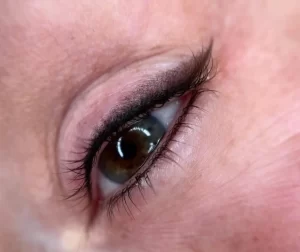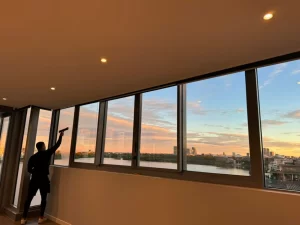
The Importance of Shading
Shading is an essential technique in art that adds depth and dimension to your drawings. It involves using different values of light and dark to create the illusion of form and texture. Whether you’re working with pencil, charcoal, or any other medium, mastering shading can greatly enhance your drawings. In this article, we will explore a step-by-step approach to help you learn how to do shading effectively.
Materials You’ll Need
- Pencils (preferably a range of soft and hard graphite pencils)
- Paper (smooth or textured depending on your preference)
- Eraser (kneaded eraser works best for shading)
- Blending tools (such as tissue, tortillon, or blending stump)
- Reference image or object
Step 1: Preparing Your Workspace
Before you begin shading, make sure your workspace is clean and well-lit. Arrange your materials within easy reach, ensuring you have enough room to comfortably work on your drawing.
Step 2: Observing Light and Shadow
Take a moment to study your reference image or object. Observe how the light interacts with the subject and identify areas of light, shadow, and mid-tones. This understanding will guide your shading process.
Step 3: Start with Light Pressure
Begin shading with light pressure using a soft graphite pencil. Apply strokes in the direction of the form you are shading. This initial layer should be light and even, serving as the foundation for building up values.
Step 4: Building Up Values
Gradually increase the pressure on your pencil as you move towards areas of darker value. Use a range of pencils to achieve different tones and values. Remember to blend your strokes using a blending tool to create smooth transitions between light and dark areas.
Step 5: Creating Texture
To add texture to your shading, experiment with different stroke techniques. Cross-hatching, stippling, and scumbling are some common techniques that can create various textures. Practice and experimentation will help you find the techniques that work best for your desired effect.
Step 6: Adjusting and Refining
Regularly step back from your drawing to assess the overall values and make adjustments as needed. Use your eraser to selectively lighten areas or create highlights. Remember that shading is a gradual process, and refining your work is crucial to achieving a realistic result.
Step 7: Practice Regularly
Shading is a skill that improves with practice. Set aside regular time for drawing and focus on honing your shading techniques. Explore different subjects, lighting conditions, and perspectives to expand your skills and creativity.
Learning how to do shading step by step is a rewarding journey that can greatly enhance your artistic abilities. By following these steps and practicing regularly, you’ll develop a solid foundation in shading and be able to create drawings with depth, dimension, and realism. Remember to be patient, experiment, and enjoy the process of shading!


